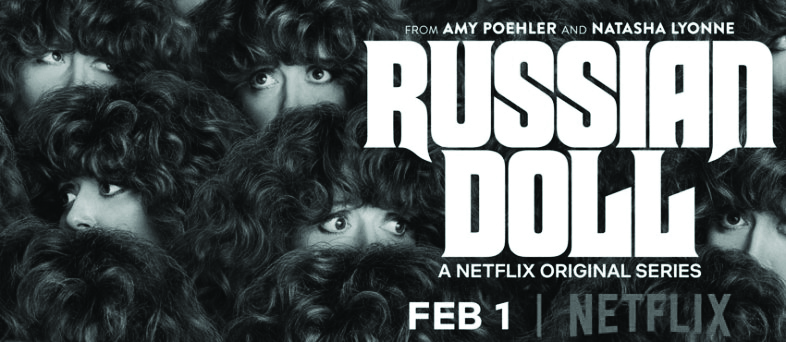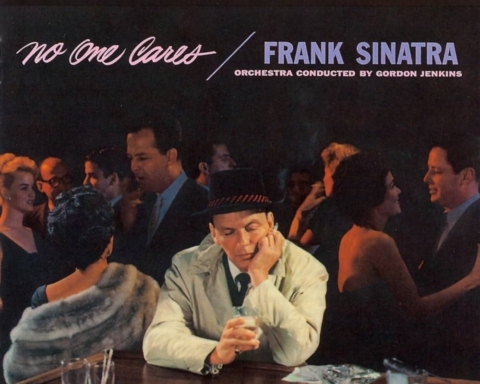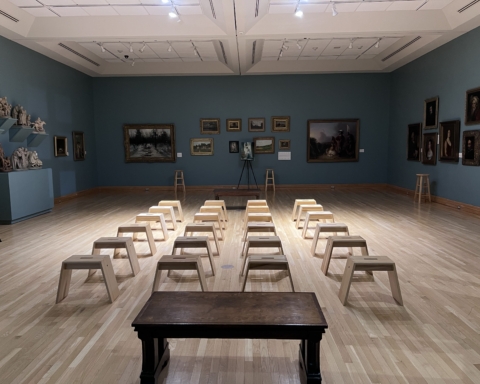When first watching the eight-episode television comedy “Russian Doll,” viewers wouldn’t think of how the show depicts gender roles. However, as you look deeper into the main character’s position, it becomes clearer.
It’s hard to find a show that is centered around a woman’s perspective and uses the male characters the same way female characters are usually negatively depicted in pop culture entertainment. However, this new series does just that.
Similar to “Groundhog Day,” Nadia Vulvokov, played by Natasha Lyonne from “Orange is the New Black,” keeps dying and reliving the night of her 36th birthday party. No matter how precautious she is, death always finds her, and when it does, she wakes up in her friend Maxine’s apartment bathroom while “Gotta Get Up” by Harry Nilsson plays over and over again.
Let’s take Alan’s character, played by Charlie Barnett from “Chicago Fire,” into consideration. About halfway through the series, Alan’s role becomes more prominent as he takes on what seems to be a sidekick role for Nadia. He experiences the same time loop as her, and together they try to connect their previously separate lives in an effort to understand their situations.
Alan’s character appears to be there for eye candy, much like what female actresses and characters are typically portrayed as. Anyone in his or her right mind could agree he’s good looking, and every time he “resurrects” he’s always back in his bathroom – shirtless, to never disappoint viewers.
Mike, played by Jeremy Bobb from “Manhunt: Unabomber,” always gets female attention. He’s prominently there as a party-goer, but plays a significant role in interactions with other people there. Usually when he’s in a scene, there’s a woman alongside him. Whereas Mike would get praised for his interactions with women, if roles were reversed and his character was a female, she would typically be shamed by society.
John, played by Yul Vazquez, is Nadia’s ex-boyfriend and is always there whenever she needs him. He’s ready to be back in a relationship, even after she dumped him when she realized she wasn’t ready for the commitment. Usually in TV shows or movies, situations like this are completely opposite and the woman is waiting at home for her love to find her again.
For Nadia, she’s the one calling the shots in her relationships, or lack thereof.
The idea of reversing gender roles may come from the all-female writer’s room.
As journalist Maddie Holden puts it on Twitter, “I felt that ‘Russian Doll’ was too good, like suspiciously good, so I checked the writer’s room and, sure enough, seven women and no men.” She goes on, “I can’t believe TV could be this good all the time if women weren’t being sexually harassed and shineblocked out of entertainment (etc).”
Executive producers and program creators include Lyonne herself, Amy Poehler and Leslye Headland.
These male characters are not unimportant aspects of the series, but they do seem like fillers to complete the storyline of Nadia’s life.
It’s refreshing seeing gender roles swapped in modern entertainment, as this isn’t something you’d see in your daily series or movie. It does, however, makes a difference when a female character is created by other females.
By Cammie Dutchess, Contributing Writer
jonesdca17@bonaventure.edu






